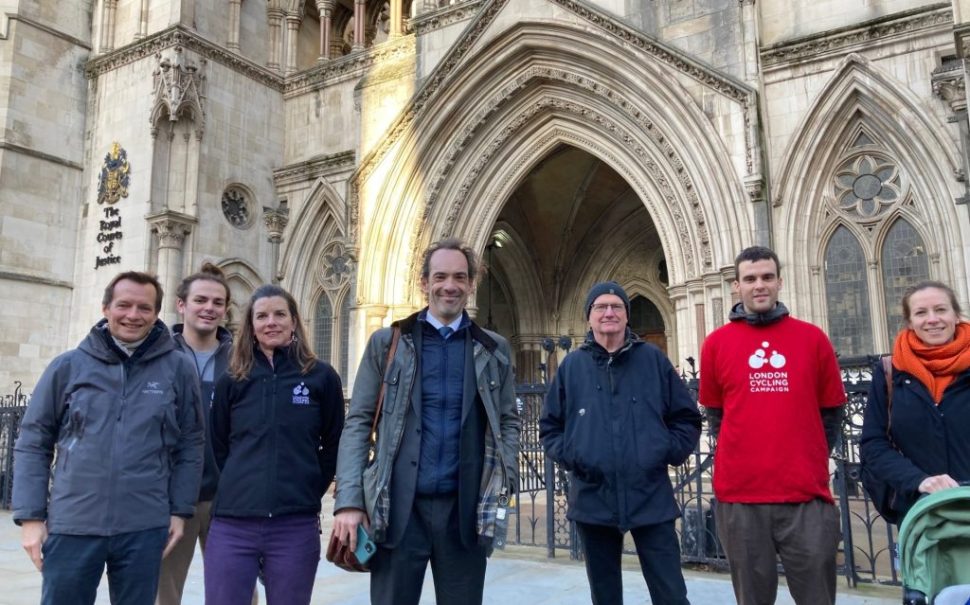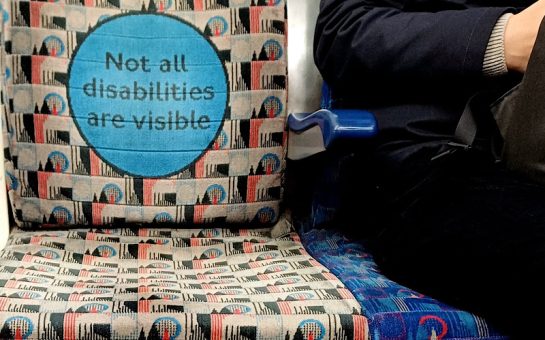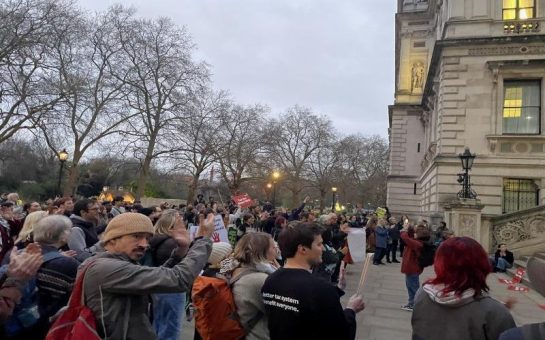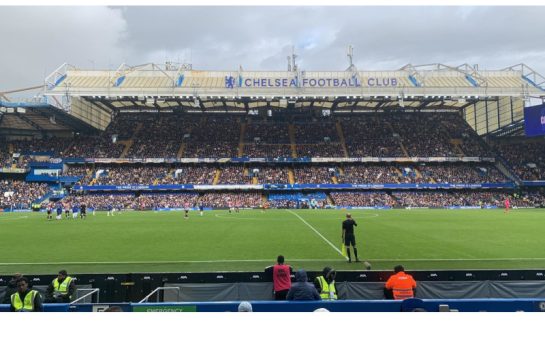The decision taken by the Royal Borough of Kensington and Chelsea to remove the temporary cycle lane on Kensington High Street was not irrational, a court was told on Friday.
The removal in November 2020 has been challenged by campaigners Better Streets for Kensington and Chelsea, who were granted judicial review of the council’s decision last year. They have challenged the decision on the grounds that it was irrational and inadequately consulted on.
Final arguments were heard by Mr Justice Lane at the Royal Courts of Justice on Friday following an earlier hearing in December.
The cycle lane was originally installed as part of an 18 month trial during the pandemic, but was removed after just seven months.
The council claimed it was responding to feedback from residents and businesses, but campaigners have argued that a protected cycle route along the road is essential for encouraging cycling in London.
For the council, Charles Streeten argued that the decision to remove the cycle lane was fully justified. It was based on a detailed report by council officers that presented councillors with four options.
“The officers’ report was extremely detailed. The information was sufficient to justify the options presented. The decision was reasonable and supported by the evidence. Any of the four options would have been a rational response to the situation,” Streeten said.
He added that the decision would have been justified on economic grounds alone.
“Businesses on the High Street found that the cycle lane had increased their economic vulnerability. And in this they were not an outlier. Other businesses have raised similar concerns in London.”
Concerns had also been raised by the emergency services about vehicle access, and by residents about the cycle lane’s impact on the streetscape, he said.
“The council was simply saying we’ll look into this in more detail,” Streeten said.
For the claimants, Jenny Wigley, KC argued that the public consultation on which the decision was based was unfair.
“It provided a false sense of certainty, an incomplete impression of the public’s response. The issue was not fairly and squarely put before the public,” she said.
Wigley added that, as the cycle lane had initially been installed for a trial period of 18 months, removing it after just seven months was premature.
She added: “The purpose of the cycle lane was to provide information and remove uncertainty. The rational response would have been to retain it for another six months.”
Judgement was reserved.
Featured image credit: Marc Rothman





